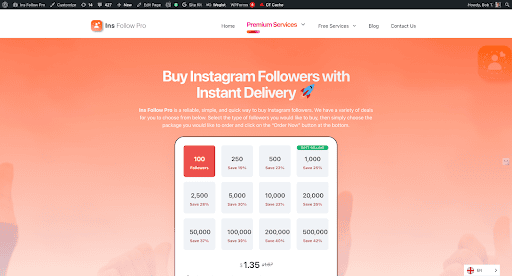
1. Interpreting BPA in Relation to RPA
RPA is an automation technology that uses software robots numbered ‘bots’ to take away routine and reoccurring tasks done by humans. In the context of BPA frameworks, RPA alone adds a new dimension to automated business processes in terms of efficiency and precision. It can be regarded as an additional instrument to enrich general BPA approaches, solving particular concrete tasks involving recurrent actions.
2. The Main Use Cases of RPA in Business Processes
- Data Entry and Management: RPA is excellent at automating data entry, extraction and processing. This minimizes mistakes and liberates human capital for more intricate activities.
- Financial Processes: Some of the other areas where RPA increases efficiency greatly include automated invoicing, payroll processing and financial reporting.
3. Advantages of incorporating RPA in BP
- Increased Efficiency: Efficiency in business operations increases due to the time saved by RPA.
- Cost Reduction: Automation of tasks, RPA eliminates labor costs and helps to minimize probability of costly human errors.
- Enhanced Accuracy: RPA bots reduce the chances of human-induced errors in tasks that are repetitive and include processes such as data entry.
- Employee Empowerment: RPA enables human employees to focus on strategic and creative aspects of their work by taking over routine tasks.
4. The Future of RPA in BP
As for the future, RPA will continue to act as one of the core pillars in BPA. Due to the fact that companies are searching for ways of increasing efficiency, demand for specialized business process automation software with RPA has risen. AI and machine learning will continue to evolve, which would lead the RPA systems towards more intelligent automation tools.
5. Selecting BPA Software with RPA Functionality.
Achieving success in incorporating RPA into BPA strategies involves choosing the appropriate business process automation software. Businesses should seek for solutions that provide flexibility, scalability and ease of integration with the already set up systems.
Conclusion
This intersection of RPA and BPA marks a remarkable advance in the automation of business processes. Comprehending and utilizing RPA in BPA modalities would allow businesses to obtain a greater degree of efficiency, affordability, and precision when it comes to their operational processes. The future for business process automation requires these technologies to be accepted, and by choosing the right business process automation software a company can ensure it is well-placed in this dynamic industry.


